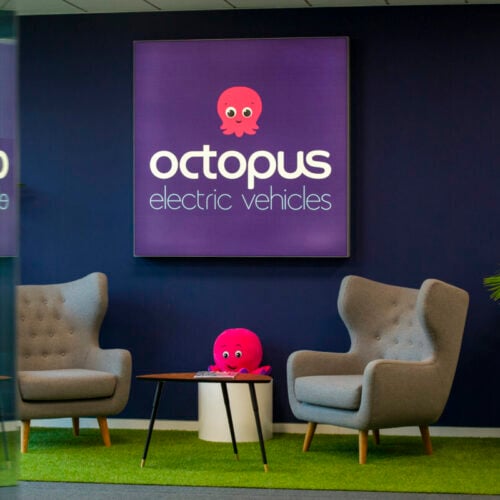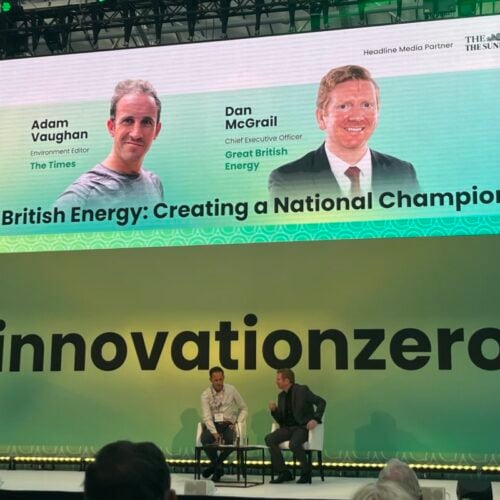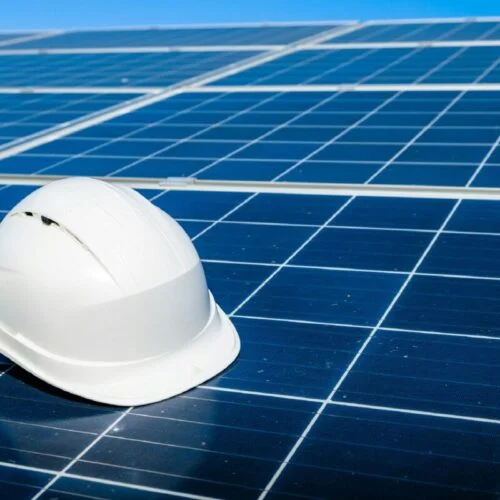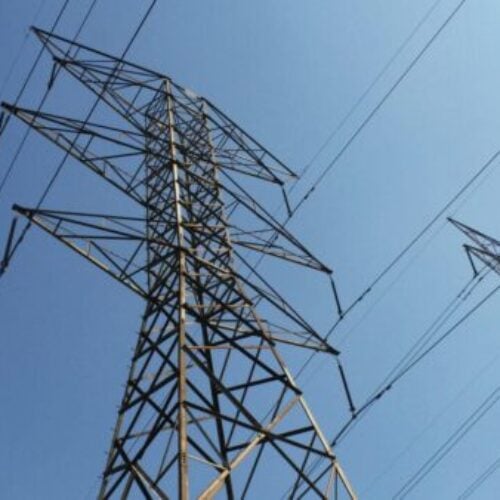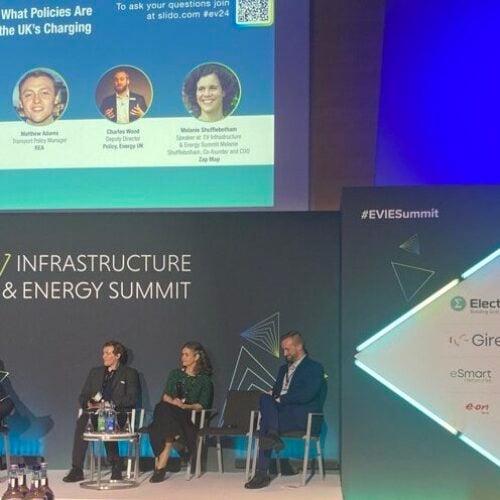Utilities are increasingly seeing the revenue opportunities it can offer, yet much work still needs to be done before they’re fully prepared for the green hydrogen economy.
After decades of relative stability, the electricity sector is undergoing significant disruption. The transition to greener energy solutions is gaining momentum, supported by the advancement of technologies in areas such as renewable energy and battery storage.
But while AVEVA’s Engineering the hydrogen transition report found that more than half of utilities expect natural gas generation to grow, its use as a bridging fuel is being questioned as it hinders countries focused on meeting net zero commitments. As with most countries, hydrogen is seen as a panacea in the UK – however, when it comes to big scale investments, many are focused on blue hydrogen, with a partial green footprint.
However, industry experts are increasingly looking to green hydrogen as a potential solution to meeting ESG goals. In fact, the potential scope for hydrogen is between 13–21% of global primary energy by 2050, according to bp. The addition of hydrogen to natural gas delivery systems at anything up to 20% can deliver significant decarbonisation potential with little or no modification to the delivery network. Evaluation projects in this regard are currently under way in many countries including the UK and Germany.
But hydrogen has a wider range of applications than this and almost half (47%) of survey respondents said they see green hydrogen as a significant revenue growth opportunity, yet very few businesses are fully prepared to embrace it.
This is because only 28% believe their utility currently understands all the potential applications of hydrogen, while just 19% have a clearly defined strategy for moving into this area.
The importance of visibility
A strategy is key to success, as the green hydrogen ecosystem extends well beyond that of any current energy source, is more complex and has more stakeholders.
Organisations must therefore consider what they need to successfully take advantage of the upcoming green hydrogen economy, and one of the most important factors is visibility. Currently, wind power equates to 28.5% of the UK electricity production and as the current infrastructure is already in a “stretched” state, new green hydrogen projects will have to include a generation aspect that accounts for this increased demand.
This requires a strong data infrastructure foundation, as knowing when to profitably produce, transport and store hydrogen or when to convert it into other chemicals will be dictated by many factors, including regulated hydrogen reserve levels, the price of steel, ammonia or fertiliser and an oversupply of renewables generation.
What data will determine when green hydrogen electrolysers should be turned on? One obvious example is when wind production is high, but electricity demand is low. Low, zero, or negative electricity prices are a clear incentive, but there will be other drivers to produce green hydrogen. If sufficiently high, commodity prices could make green hydrogen production profitable even when power prices are high.
Optimising green hydrogen production will rely on visibility across the value chain, as decisions made at one end could easily rely on events at the other. Furthermore, these decisions may need to be made in real time, based on data shared across the ecosystem.
This is why modern technologies capable of leveraging real-time data and analytics will be fundamental to success.
The need for a robust data infrastructure
End-to-end situational awareness enables stakeholders to make insights-driven business decisions, but this relies on a robust data infrastructure that manages a wide range of data types including market-related, critical operational support, asset management, predictive maintenance, long-term planning and business process automation.
Currently in the UK, many large power companies have successfully been using data management and visualisation software for offshore wind farms but overall most power companies haven’t yet fully tapped into the data infrastructure in the green hydrogen space.
The added operational data complexity of the green hydrogen ecosystem requires that an organisation’s data infrastructure should:
- include the ability to aggregate, organise, standardise and contextualise raw data from any source;
- production prediction, including climatic data that can forecast a potential production capacity over a given time period;
- seamlessly interface with numerous control systems, such as SCADA, transmission-energy management systems and generation management systems;
- enable data-sharing across the entire enterprise, from operations to business and
- facilitate rapid data processing and advanced data visualisation capabilities to allow near instantaneous situational awareness in an OT network or other environment.
This will ensure that all stakeholders have access to the information they need to make the right choices at the right time. However, few utilities are fully prepared for this currently.
In fact, less than a third (31%) say they have the data infrastructure in place to analyse data from all stakeholders, while less than a quarter (24%) believe they’re in a position to share data with all stakeholders in the future green hydrogen ecosystem.
The time for action is now
There is still time to prepare, but the utility industry cannot wait any longer. According to the Hydrogen Council, many hydrogen applications will become cost competitive in the next 10-15 years – which is only two to three asset planning cycles.
Now is the time to gain a better understanding of the end-to-end data flows in this complex value chain and also define what information is required to support decisions across production, storage, delivery and use of green hydrogen.
Many stakeholders are investing in asset research, like testing new electrolysis technology, but this needs to be matched with the development of data infrastructure and analysis. Without this you won’t have the full visibility you need to take full advantage of the revenue opportunities green hydrogen can offer your business.
In the last year the UK government published a list of 74 potential hydrogen projects, of which 45 are in green hydrogen, a promising start towards the future of the green hydrogen economy. But in order for the UK to take those projects from beyond the ‘paper’ stage, additional focus on hydrogen generation will have to take shape, potentially in the form of Investment Tax breaks, which are up for discussion later this year.
The UK could model their tax breaks after the 2022 Inflation Reduction Act of the US, a powerful law that gives tax breaks to energy production and has the power to divert investment from other countries. The US may take the lead with hydrogen production unless something is done in the UK that provides similar investment opportunities.
Only time will tell what the future holds for the UK in terms of green hydrogen generation, but one thing is for certain, that the time for action is now.
This article was written by David Thomason, industry principal of Power Generation at AVEVA.
Current±’s publisher Solar Media will host the Green Hydrogen Summit on 18-19 April 2023 in Lisbon. The event will explore green hydrogen role in shipping, its production, supply chains, financing and renewable hydrogen derivatives and their applications. For more information, go to the website.
